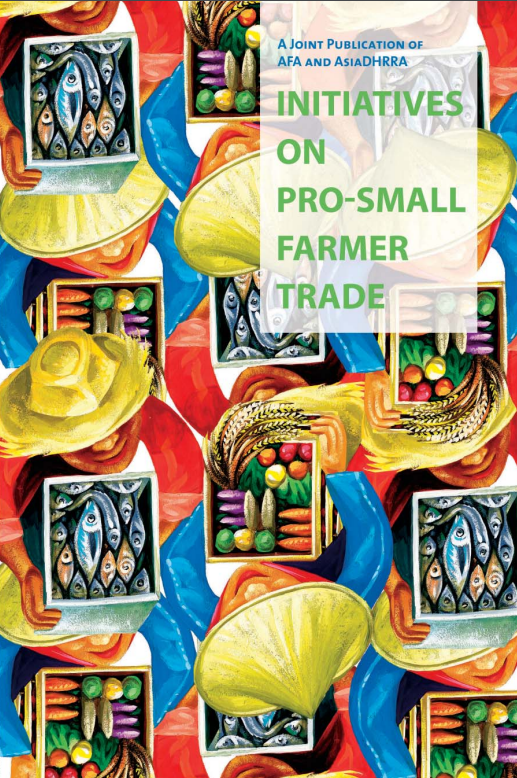Policies for Livestock Development in the Ethiopian Highlands
Livestock have diverse functions for the livelihood of farmers in mixed croplivestock systems in the highlands of East Africa. Livestock provide food in the form of meat and milk, nonfood items such as draft power, manure, and transport services as inputs into food crop production, and fuel for cooking. Livestock are also a source of cash income through sale of the above items, animals, hides, and skins. Furthermore, they act as a store of wealth and determine social status within the community.




